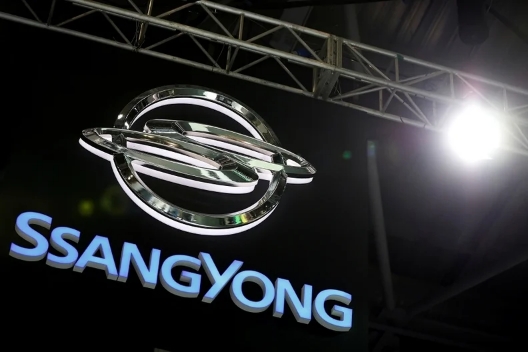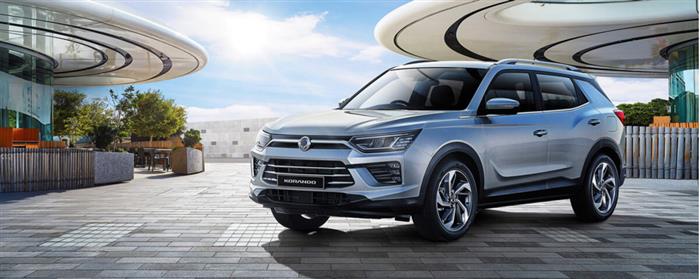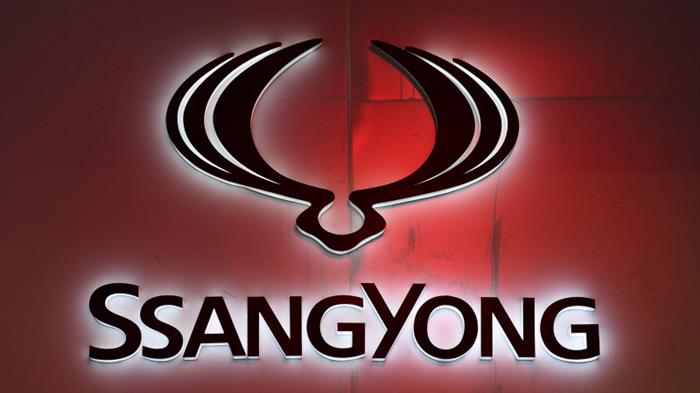In addition to finding new investors, Ssangyong urgently needs to restructure its business, improve profitability amid changes and slash costs to save itself. The troubled carmaker is facing another life-or-death crisis.
Mahindra & Mahindra, the Indian carmaker, suffered heavy losses in the first half of this year because of losses at its foreign subsidiaries and, driven by poor production and sales results, plans to pull back from several loss-making businesses.
The first to be abandoned by Mahindra was GenZe, the US-BASED electric motorcycle brand, followed by plans to stop further investment in Ssangyong, its South Korean subsidiary, and a willingness to give up control of the loss-making business.

Mahindra is understood to have selected more authoritative advisers to identify potential investors for Ssangyong and to work with Samsung securities and Rothschild, the world's leading financial investment partner, to extract further profits from the capital markets.
Among the potential buyers, notably, are Chinese carmakers Geely and BYD, which are likely to bid for Ssangyong for gold, largely because of their interest in making suVs that ssangyong specialises in.
Samsung securities and Rothschild declined to comment, while Ssangyong declined to name its investment advisers. A Geely spokesman said the company had no plans to bid for Ssangyong, and BYD declined to comment.

Mahindra now owns 74.65 per cent of Ssangyong, but the company is heavily indebted and posted its 13th consecutive operating loss in the first three months of this year. Mahindra's woes have been compounded by the spread of COVID-19, which has seen sales slump amid fierce global competition in the SUV market.
Pawan Goenka, managing director of Mahindra & Mahindra, said recently that it was a 'very difficult decision' to stop investing in Ssangyong, but that the company must now take the first step in restructuring its business and scrutinize loss-making businesses in other sectors. "The international expansion has not been as good as the company expected and we thought we would break even within two years, but the actual performance has not progressed as planned."
Mahindra, which rescued Ssangyong from near bankruptcy in 2010, has been unable to generate expected returns on its investments over the years. Mr. Goenka said that In ssangyong's development, Mahindra had reduced the necessary expenses and strictly controlled the cash flow, and now had to find potential investors for ssangyong and was willing to give up control of the company.

It is not easy for Ssangyong to find a "receiver".
Ssangyong's operating loss reached 282 billion won (1.64 billion yuan) by the end of March, and its debt ratio reached 755%. And it is unclear whether Mahindra will leave the Korean market for good, or whether the manoeuvring is just a ploy by the government to revive financial support.
Ssangyong is understood to have won254bn of debt this year, of which Won90bn is owed to the state-owned Development bank and is due to be paid in July. Ssangyong is reportedly hoping to receive Won200bn in subsidies from the Government's Won40tn coVID-19 rescue fund, but is not yet eligible for the government's support fund because it ran into financial difficulties before the outbreak.
That is why Ssangyong was struggling with losses even before the coronavirus crisis, and now faces tens of thousands of jobs along the industrial chain, including 5,000 ssangyong employees. The most urgent task is to quickly find new investors and normalise management and operations with fresh cash injections.
Only by finding the right buyer can Ssangyong escape from its long-term financial difficulties and prepare for the upcoming transformation of the "new four Modernizations". But it remains to be seen whether a struggling manufacturer like Ssangyong can sustain the promise of new businesses in electrification and autonomous driving.

Ssangyong announced in mid-June that it had signed a preliminary agreement with China's Pinecone New Energy Vehicles, which will export the Tivoli SUV for Ssangyong starting in the second half of the year. Under the deal, Ssangyong will ship Tivoli parts to Pinecone's factories in China, assemble them and export them to the Middle East and Africa.
Pingo Plans to develop new energy models based on the Tivoli platform through technical cooperation with Ssangyong, and its Shandong plant is ready to produce 60,000 units a year.
According to ssangyong's new car plan, they will launch a pure electric SUV next year to strengthen their SUV line. Ssangyong's sales fell 32% in the january-May period to 39,206 vehicles from 58,030 a year earlier.
But in addition to finding new investors, Ssangyong now needs to restructure its business, improve profitability amid changes and slash costs to save itself. The troubled carmaker is facing another life-or-death crisis.
AMS2024 Exhibition Guide | Comprehensive Exhibition Guide, Don't Miss the Exciting Events Online and Offline
Notice on Holding the Rui'an Promotion Conference for the 2025 China (Rui'an) International Automobile and Motorcycle Parts Exhibition
On September 5th, we invite you to join us at the Wenzhou Auto Parts Exhibition on a journey to trace the origin of the Auto Parts City, as per the invitation from the purchaser!
Hot Booking | AAPEX 2024- Professional Exhibition Channel for Entering the North American Auto Parts Market
The wind is just right, Qianchuan Hui! Looking forward to working with you at the 2024 Wenzhou Auto Parts Exhibition and composing a new chapter!
Live up to Shaohua | Wenzhou Auto Parts Exhibition, these wonderful moments are worth remembering!
Free support line!
Email Support!
Working Days/Hours!





